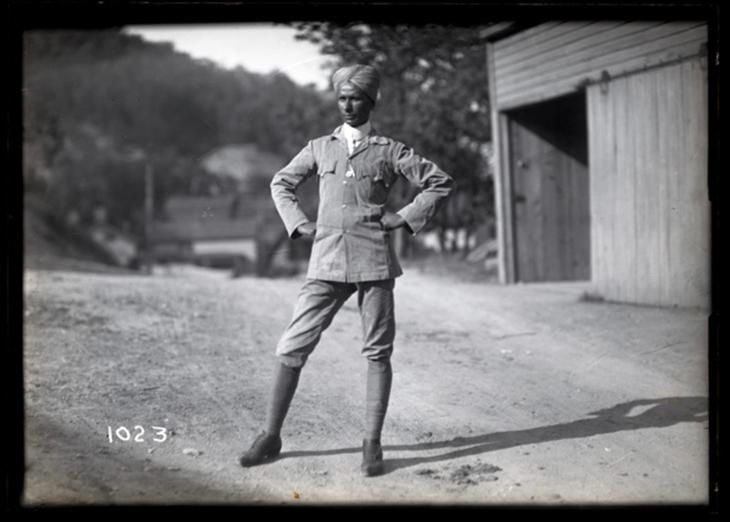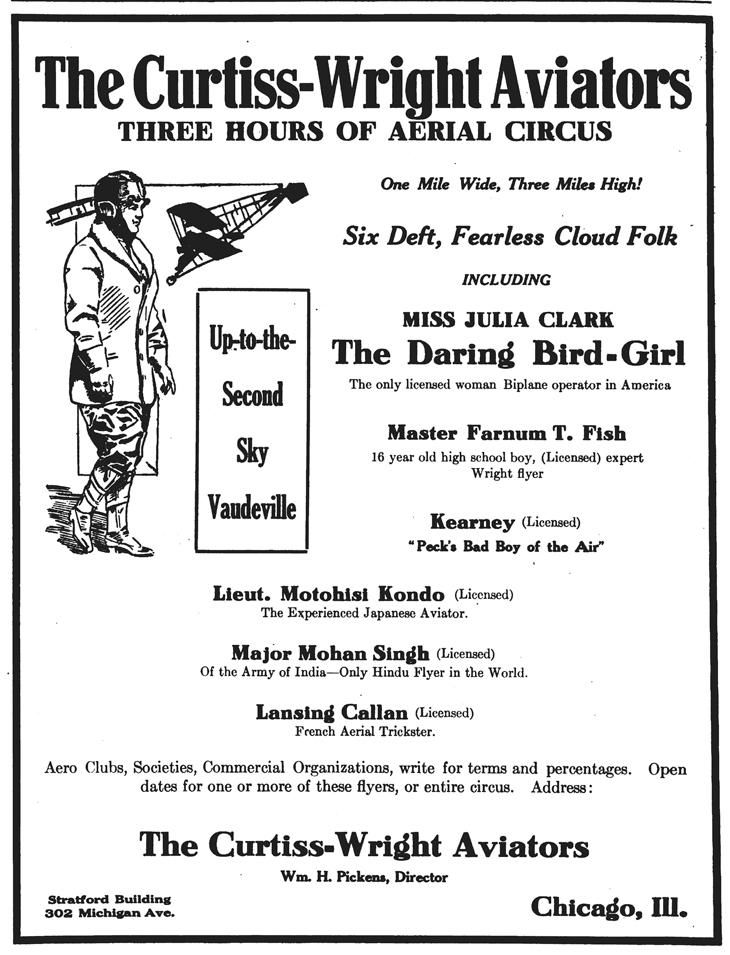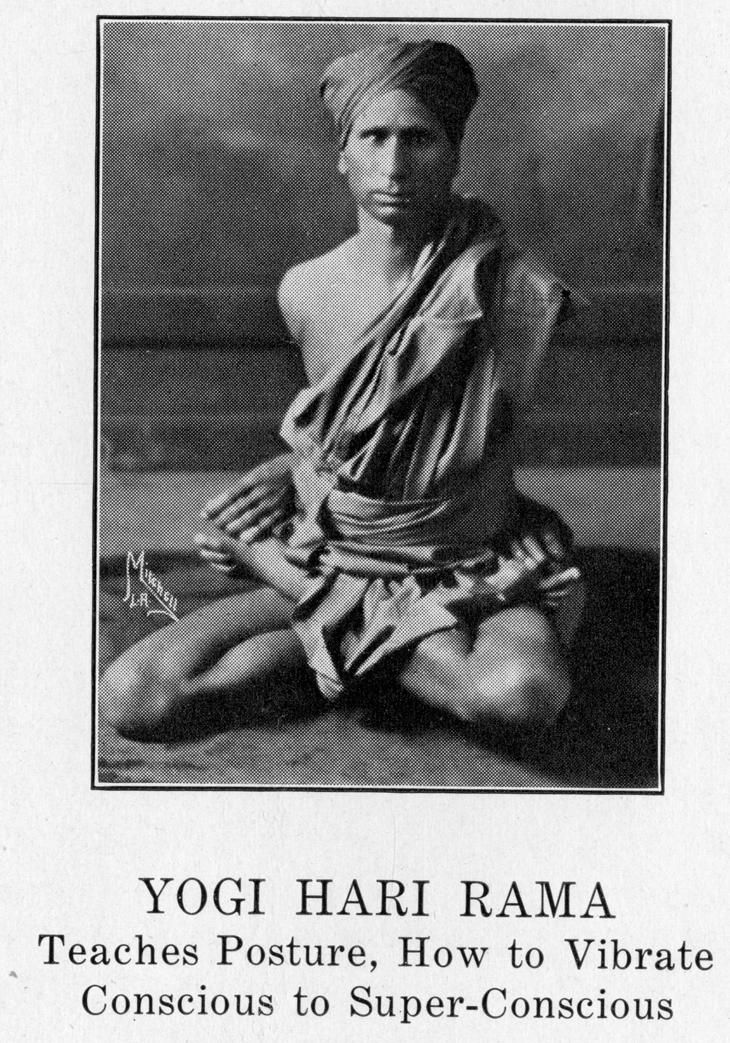In 1912, Mohan Singh Was Billed as “The Only Hindu Flyer in the World”
The strange tale of a barnstormer turned yoga master.
/https://tf-cmsv2-smithsonianmag-media.s3.amazonaws.com/filer/34/e4/34e4dc9c-2f8a-4b77-b6c8-eb8bd7d905d7/mohan_singh_1.jpg)
In April 1912, papers around the country were abuzz with the news that “a full-blooded East Indian” named Mohan Singh was enrolled at the Glenn Curtiss flying school in San Diego. With students from as far away as Poland and Japan, the school was described as “the most cosmopolitan gathering of flyers and pupils ever assembled.” The tall and gaunt Singh, smartly dressed in a turban, only added to the reputation.
No question, Singh had an air of foreign mystery about him. He seldom talked or smiled, and was known to avoid meat and drink only water. To reporters, he claimed to be studying aviation while on furlough from the British Indian Army, who wanted him to serve its airplane corps in tropical climates. He was alternately credited with the rank of captain and major, was described as an “Indian prince” in one article, and at different points was said to be from Delhi and Bombay.

His true origins were more humble. Originally from the village of Himmatpura from the Punjab region of present-day northwest India, Singh arrived in the United States in 1906. He worked as a domestic servant in Chicago for several years before becoming enraptured with aviation and enrolling in the Curtiss school. Two years later he earned brevet #123, becoming the first licensed pilot from India.
After securing his license, Singh performed for the Curtiss-Wright Aviators aerial circus, and was billed as the “Only Hindu Flyer in the World.” He then travelled to Hammondsport, New York to learn how to fly the Curtiss hydroplane. Singh became so proficient on the craft that when Lincoln J. Beachey, one of the greatest barnstormers, came out of retirement and wanted to try out one of the hydroplanes, the Curtiss camp insisted that rather than fly alone, he take Singh along with him. In 1913, Singh was one of the few people not related to Glenn Curtiss to join him as he promoted his wares across Europe in the lead-up to World War I.

Despite his skills as a pilot and numerous connections, a career as an aviator never materialized for Singh. In 1914, he settled in Los Angeles and worked as a butler and chauffeur for an affluent family, and soon began the process of becoming a naturalized American citizen. Citizenship at that time was only open to immigrants who were classified as Caucasian, and immigrants from India often confounded accepted racial categories. After years of well-publicized legal battles, Singh gained American citizenship only to have it stripped away in 1924 after the Supreme Court ruled that South Asians could not be considered White, and did not qualify for citizenship.
After a year of living uncertainly as “a man without a country,” Singh embarked on a bold plan. Donning bright orange robes, he became “Yogi Hari Rama” and began to teach a combination of plagiarized writings and exercises he repackaged as the secret techniques of “Super Yoga Science.” For several years Singh—as Yogi Hari Rama—travelled throughout the United States, staying in over two dozen cities for a few weeks to a few months at a time, and amassing a small fortune in the process. At the end of his tour in the late summer of 1928, Singh vanished without a trace, leaving behind 13 Americans he had appointed as teachers of Super Yoga Science, and a national organization called The Benares League of America, the largest yoga organization in the country.

Singh’s history as a trailblazing pilot has survived as little more than an obscure footnote in aviation history. There have been brief mentions of his legal fight for citizenship within scholarship on immigration, and the name of Yogi Hari Rama occasionally appears as an aside in histories of yoga in America. Until now, no one has known that the figures behind these three lives were the same man.
Even during his time as Yogi Hari Rama, a bit of the old pilot remained. He claimed to his many students of Super Yoga Science that he possessed the yogic power of levitation, which given his past as The Flying Hindu and all of his hours in the air, was not totally false.